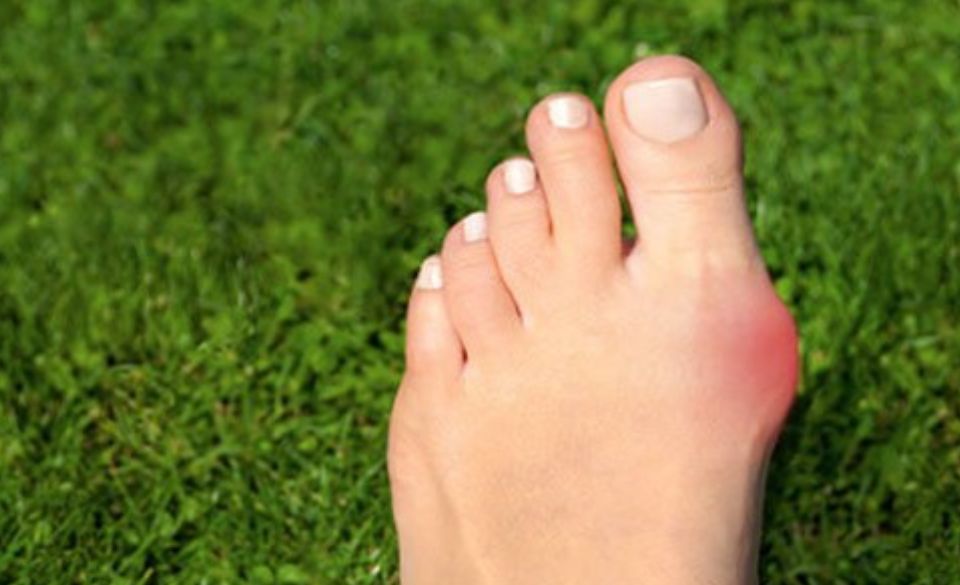
7 Exercises That Are Great for Relieving Bunion Pain
Page Contents
For many individuals, particularly women, bunions present a painful reality. However, the discomfort and deformity associated with bunions can be addressed and even prevented through targeted exercises that contribute to the overall rehabilitation of the foot’s structure. Bunions, a joint deformity often stemming from muscle and tendon imbalances in the foot and calf, are aggravated by ill-fitting shoes, especially those with a narrow or tight design. Women, more prone to wearing such footwear, find themselves disproportionately affected, with approximately 35% of women over 65 experiencing bunions, as reported by the Journal of Orthopedic and Sports Physical Therapy.
Understanding Bunion Formation
Bunions arise from imbalances within the foot and calf muscles, exacerbated by the use of constrictive shoes, ultimately leading to joint deformity.
Corrective Measures with Daily Exercises
The good news is that bunions can be corrected and prevented through specific daily exercises. These barefoot exercises, ideally performed for 10–20 minutes each day, contribute to foot and calf muscle rehabilitation, potentially averting the need for surgical intervention.
Seven Essential Daily Exercises:
1. Big Toe Circles
Gently rotate your big toe in a circular motion, both clockwise and counterclockwise, for 20 repetitions each. This exercise can be performed seated, with the foot on the knee if bending is challenging.
2. Foot Curl and Point
While seated, lift your foot six inches off the floor, curling your toes and pointing the big toe towards the floor. Hold for 10 seconds and repeat 20 times per set, aiming for 2–3 sets.
3. Raised Toe Resistance
Hover your feet six inches above the ground while seated. Lift your big toe upwards, adding gentle resistance with your hands. Hold each repetition for 10 seconds, completing 5 repetitions per foot.
4. Toe Spread
Keep your foot flat on the ground and spread your big toe and small toe apart. Repeat 10–20 times per foot.
5. Towel Grip and Pull
Place a towel on the ground and scrunch your toes to pull it closer towards your body, alternating feet. Do this for 3–5 minutes.
6. Heel Raises
Stand with slightly bent knees, raising your inner arch with the heel slightly inwards. Lift your heel off the ground using your big toe as support. Aim for 2–4 sets of 6–12 reps.
7. Toe Abduction (with Exercise Band)
Wrap an exercise band around the outer edge of each big toe. While keeping your heels fixed, pivot your feet outwards, stretching the band with your big toes. Hold the tension for 5 seconds and repeat 20 times.
Additional Therapeutic Measures:
– Roll your feet on a tennis or lacrosse ball for 3–5 minutes per foot.
– Ice swollen bunions, followed by a soak in comfortably hot water.
– Incorporate massages, particularly emphasizing toe articulation.
– Consider a barefoot walk on the beach, mindful of potential hazards.
By committing to these exercises and additional therapeutic measures, individuals can actively contribute to the relief and prevention of bunions, promoting foot health and overall well-being.
Frequently Asked Questions FAQ
Can bunions be corrected with exercise?
Bunions, which are a deformity of the joint at the base of the big toe, can be addressed and potentially corrected to some extent through specific exercises. While exercises may not completely eliminate a bunion, they can help alleviate pain, improve flexibility, and prevent the condition from worsening. Exercises that focus on strengthening the muscles around the foot, especially the toe muscles, and improving overall foot mobility are typically recommended. It’s essential to note that the effectiveness of exercises can vary among individuals, and severe cases may still require medical intervention, such as surgery.
How do you get immediate relief from bunions?
While complete and immediate relief from bunions might be challenging, several measures can help alleviate pain and discomfort temporarily:
Change Footwear: Opt for comfortable, wide-toed shoes that do not squeeze the toes and provide ample space.
Ice Packs: Applying ice to the bunion for short periods can help reduce inflammation and numb the area, providing temporary relief.
Over-the-Counter Pain Relievers: Non-prescription anti-inflammatory medications, such as ibuprofen, can help manage pain and reduce inflammation.
Bunion Pads or Splints: These devices can provide cushioning and support to the bunion, reducing friction and discomfort.
Rest and Elevation: Giving your feet some rest and elevating them can help minimize swelling and ease discomfort.
It’s important to consult with a healthcare professional for personalized advice on managing bunion symptoms.
What is the ball exercise for bunions?
The ball exercise for bunions typically involves using a small ball, like a tennis or lacrosse ball, to massage and stretch the muscles in the foot. Here’s a simple exercise:
Rolling Exercise: Sit or stand, and place the ball under the arch of your foot.
Roll the ball: Apply gentle pressure and roll the ball back and forth from the base of the toes to the heel.
Side-to-Side Roll: Roll the ball from the inner edge of the foot to the outer edge.
Circular Motion: Perform circular motions with the ball under the arch of the foot.
This exercise aims to improve flexibility, reduce tension, and provide some relief to the affected area. It’s advisable to start with short sessions and gradually increase the duration as tolerated.
How can I cure my bunions naturally?
Curing bunions entirely through natural methods is often challenging, especially in severe cases. However, natural approaches may help manage symptoms and prevent further progression. Some natural strategies include:
Toe Exercises: Perform specific toe exercises to strengthen and improve flexibility in the toes.
Foot Massage: Regularly massage the feet to reduce tension and increase blood circulation.
Foot Soaks: Soaking your feet in warm water with Epsom salt may help relieve pain and reduce swelling.
Orthopedic Inserts: Custom or over-the-counter orthopedic inserts can provide support and correct foot mechanics.
Maintain Healthy Weight: Excess body weight can contribute to bunion development, so maintaining a healthy weight may help.
It’s crucial to consult with a healthcare professional for a comprehensive assessment and guidance tailored to your specific condition. In some cases, medical interventions, such as orthopedic devices or surgery, may be necessary for more significant correction.


